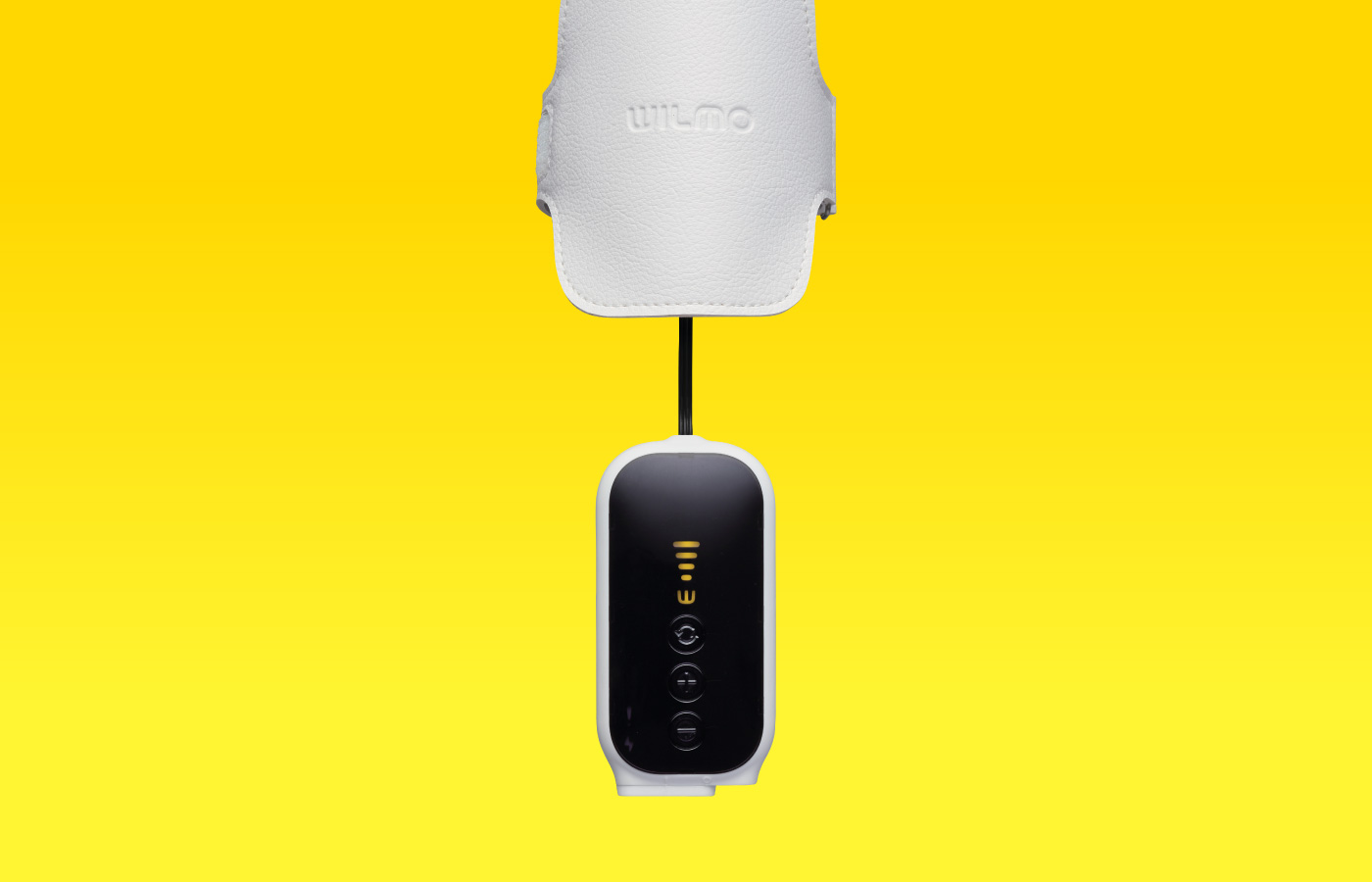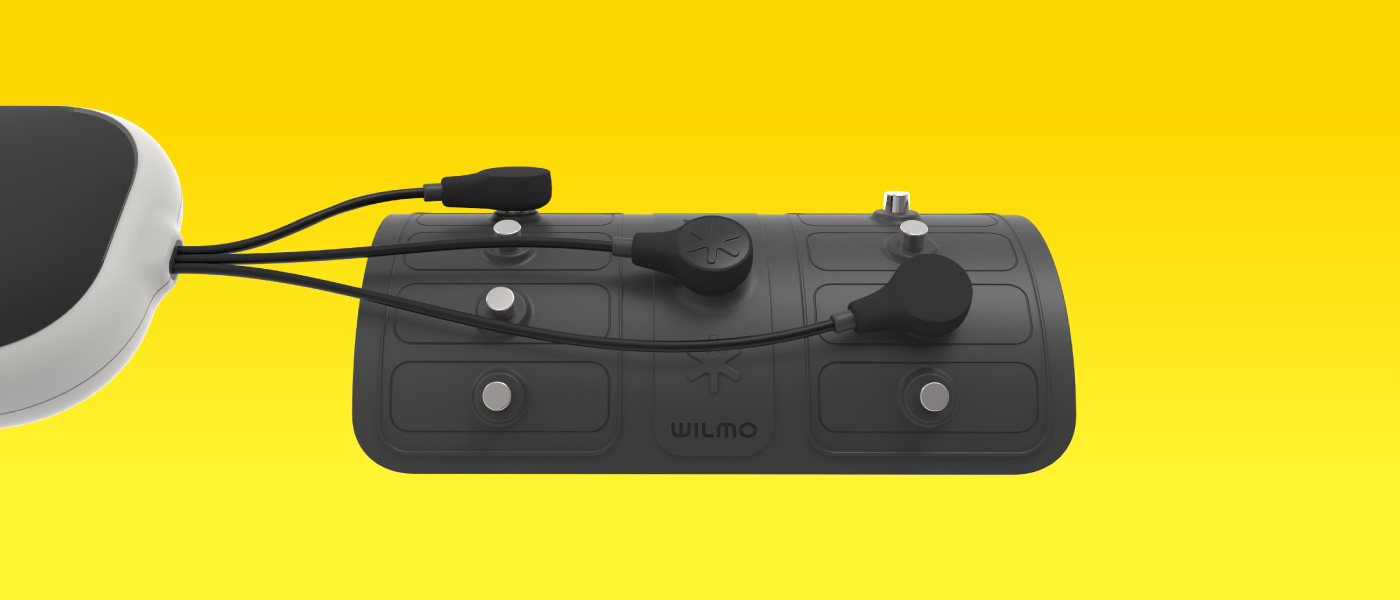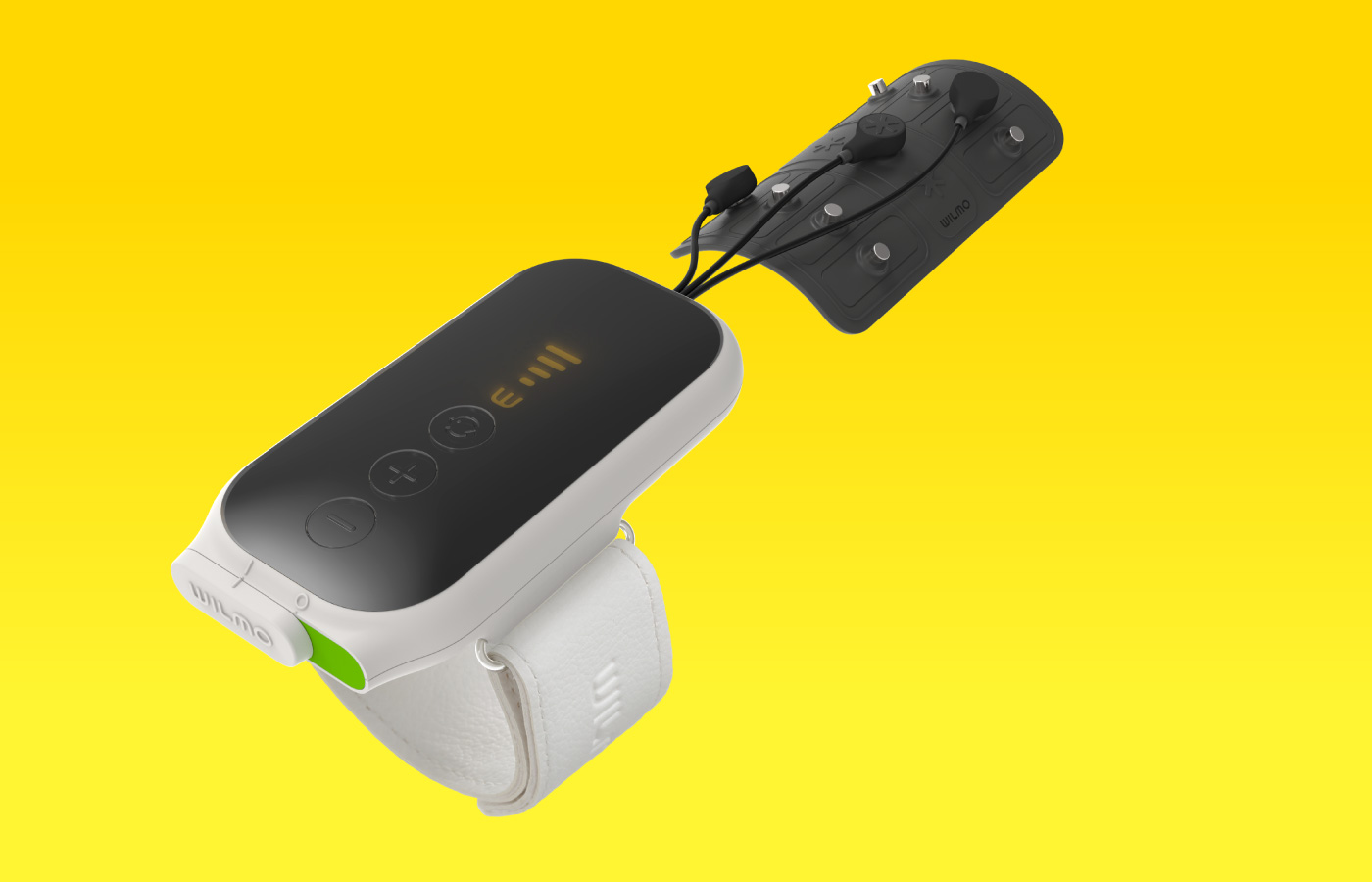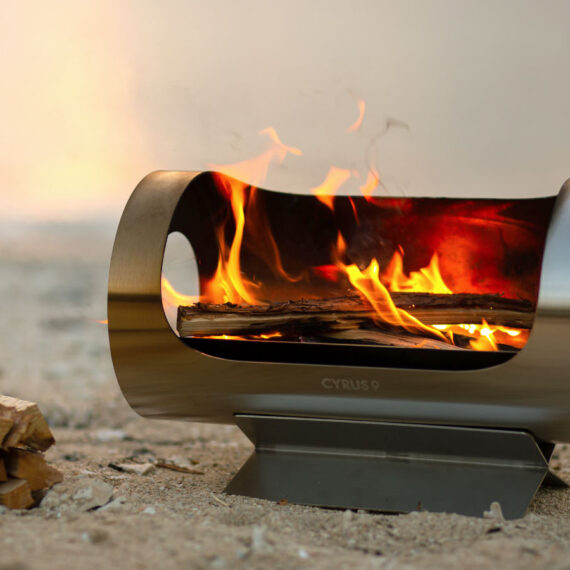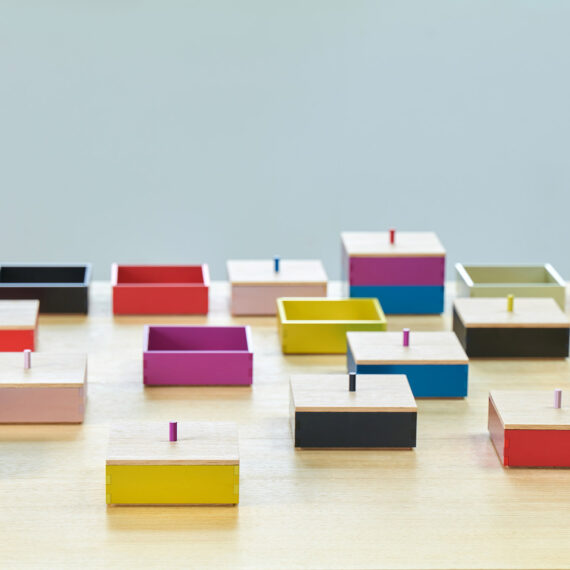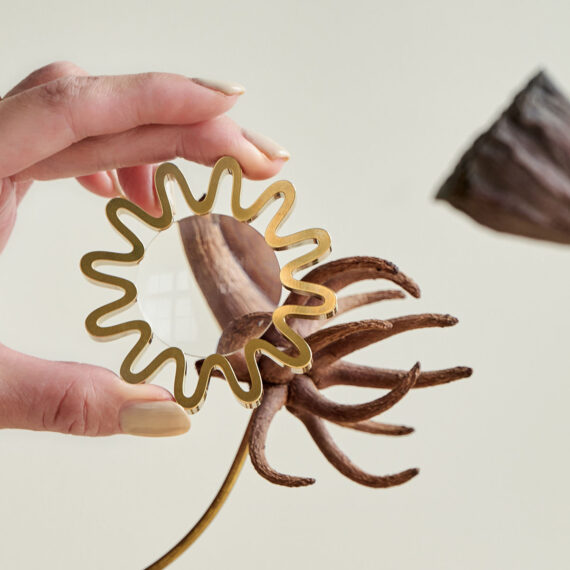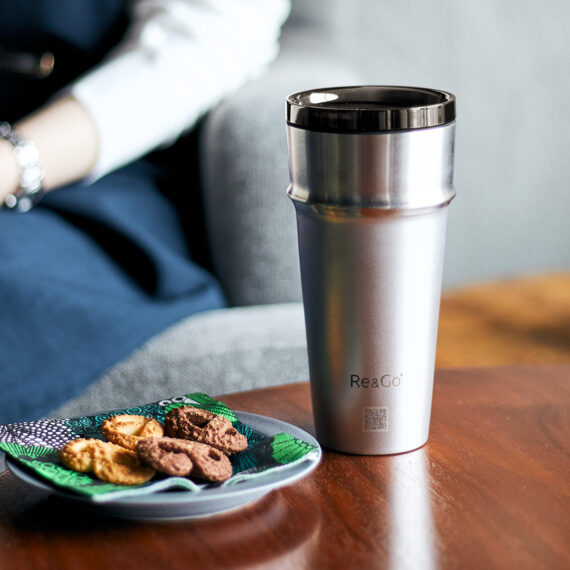WILMO
脳卒中などで片麻痺を患った人の微弱な筋電を検出し、それに比例した電気刺激を与えて随意運動をアシストすることでリハビリの助けとするIVES(アイビス)療法では従来、操作習得に時間が必要な、かさの高い箱型の機器を必要としていました。ケーブルや電極で「繋がれている」という悲壮感漂う印象を与えがちな従来の治療から、希望を持って能動的に取り組めるようなリハビリに変えたい-。プロジェクトが目指したのは、片麻痺の方ご自身による脱着を可能にし、さらに袖の中に納まるほどにウェアラブル化する、というイノベーションでした。どこまでも操作を簡便にすることで心折れずリハビリに毎日挑戦したいと思ってもらうことがデザインの命題だと考えたo-labは、早稲田大学村岡慶裕教授が開発した技術にライフスタイル製品を思わせる軽快な工業デザインを纏わせるだけでなく、ともすれば片麻痺患者にとって困難になりがちな電極位置の調整を限りなく容易にするためのマグネット式ワンタッチ多電極列シートを考案するなど、多面的にユーザビリティの飛躍的な向上に貢献しました。
ユーザーにとってこの機器はどういう価値があるのか?という問いから生まれた、「動かしたい」という意志やリハビリに励むモチベーションなどがインスピレーションとなったWILMO(ウィルモ)という明るいネーミングは、機器の性能や治療法から派生した、無機質な型番号を伴う製品名が多い医療機器の世界でリハビリの新しい時代を感じさせるものとなりました。
Weak myoelectrical signals have been detected in the limbs of people suffering from partial paralysis following a stroke or due to some other medical condition. These signals can be stimulated to assist voluntary movement as part of what is called integrated volitional control electrical stimulation (IVES) therapy, a rehabilitation technique. This approach conventionally takes a lot of time for the patient to get used to the movements and the equipment itself is often bulky and unwieldy. There is a sense of stoic resolve about the current approach to IVES therapy – the patient feels ‘wired-up’ with cables and electrodes – the existing technology is crying out for a transition towards a more hopeful, positive approach. The aim of this project was to create a device that the patient could attach and remove themselves – even with partial paralysis on one side of their body – an innovative wearable technology that could be mostly be covered by a shirt sleeve. At o-lab we were dedicated to making the controls as simple as possible, so that daily rehabilitation sessions would become so much less of a chore. We wanted our device to feel like a lifestyle product, in line with the core technology pioneered by Professor Yoshihiro Muraoka at Waseda University. We were able to make great leaps in usability, thanks to innovations such as the use of a magnetic sheet consisting of ‘one touch’ contact electrodes, so that the wearer did not have to worry about where the electrodes were contacting the body.
The name WILMO is inspired by what we saw in the patients – people so motivated and driven to get through their rehabilitation sessions every day, knowing that one day through their efforts they would be able to move their limbs again. We thought WILMO was a brighter, more optimistic name than some of the make-and-model-number naming protocols that make other medical devices sound so sterile. At o-lab we hope WILMO is a part of a new age in innovative rehabilitation technologies.
Client
エスケーエレクトロニクス|SK Electronics
Year
2016



